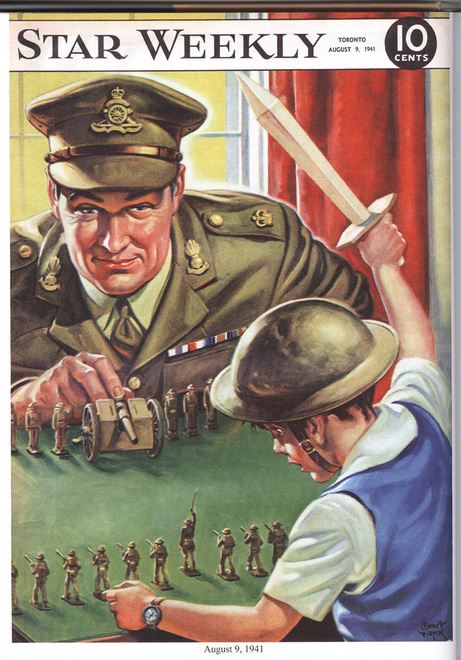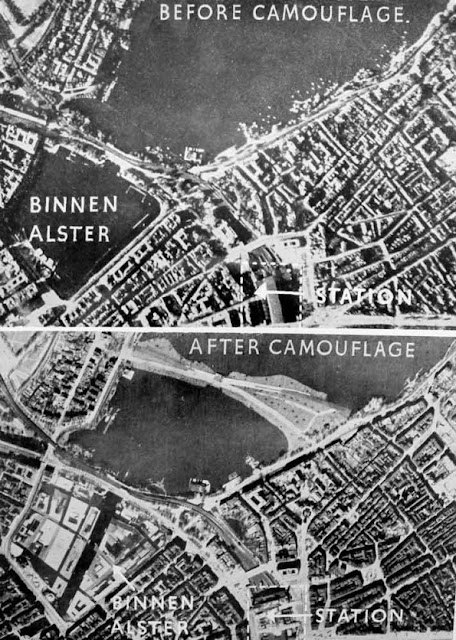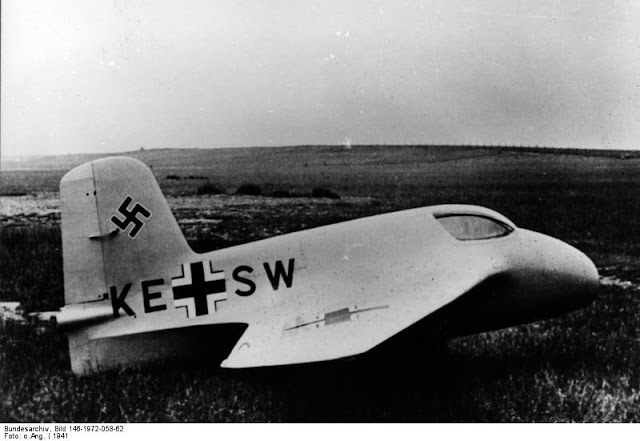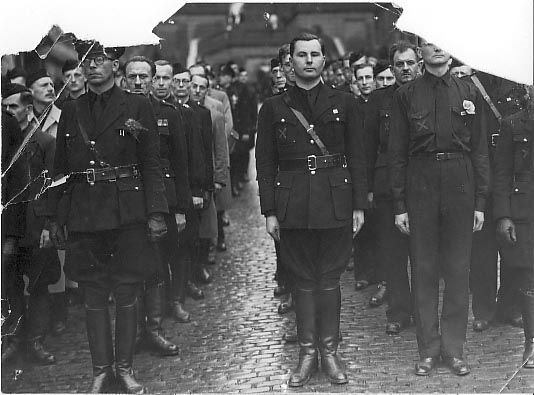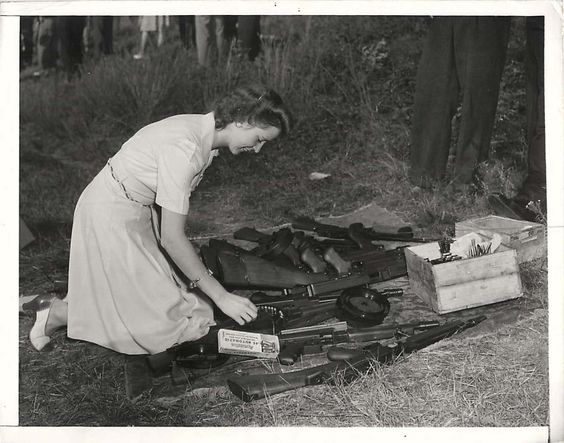Monday 11 August 1941
In the Far North sector, Finnish 15th Division, with 10th Division, capture Khitola (Khityola) just northwest of Lake Ladoga. This forces Soviet 142nd Rifle and 198th Motorized Division to withdraw into a "motti" (surrounded fortress) on the shores of Lake Ladoga. The Soviets there can serve as a thorn in the side of the Finnish advance toward Leningrad, with the availability of escape over the lake. In the center of the Karelian Isthmus, Finnish troops of IV Corps take Vuosalmi.
Finnish Group J of III Corps continues a rapid advance from Kestenga toward the Murmansk railway. Today, following the embankment of a spur line of the railway, it reaches the vicinity of the narrows between Yelovoye Lake and Lebedevo Lake. At this point, about 20 miles southwest of Loukhi, the Soviets make a stand and bring the Finns to a grinding halt. The Soviets are bringing in the 88th Rifle Division from Archangel (Arkhangelsk). Ordinarily, the arrival of one rifle division on the main front would mean little, but in the far north, it can have a huge impact. The Germans know something is up because they have been monitoring frantic Soviet radio traffic in the area, but they don't know what. The only question is if the Soviet defenders on the spot can hold out until the reinforcements arrive in a few days.
Another Finnish advance by Group F a little further south has become stalled at the Kis Kis River line on the Korpiyarvi-Ukhta Road. The Finns are attempting some probing attacks, but there are no signs of weakness.
In the Army Group North sector, the Germans continue pushing across the Luga River toward Leningrad.
In the Army Group Center sector, Red Army counterattacks continue at Yelnya. Guderian continues sending his panzers south to Gomel.
In the Army Group South sector, the Hungarian air force attacks Nikolayev. They manage to destroy a key bridge which eliminates a prime escape route for retreating Soviet soldiers (there are only three crossings on the entire southern section of the Dnepr River).
Soviet auxiliary river gunboats Issa, Plyussa, and Surop are lost today while in action on rivers within the Soviet Union. Soviet monitor SB-37 (Zhemchuzin) is heavily damaged by German panzers and artillery on the Dnepr River. SB-37 is a total write-off and scuttled on the 12th. Incidentally, there is some confusion about this sinking of SB-37. It often is confused with a completely separate Soviet warship sunk in the Arctic Ocean by U-451 on 10 August (that one is Soviet corvette Zhemchug No. 27).
 |
| Newsweek, 11 August 1941. "U.S. Women Answer Call of National Defense." |
After dark, RAF Bomber Command attacks Rotterdam, Krefeld, and Monchengladbach.
The Rotterdam raid is completed with 31 Hampden and 3 Wellington bombers. They target the dockyards. All of the bombers, including another bomber that goes to Antwerp, return safely. This raid is notable because Hampdens of RAF No. 50 Squadron drop 500 pounds of teas intended for civilians as a "gift" from the Dutch East Indies.
The Krefeld raid is made with 20 Hampdens and 9 Whitleys. They target railway marshaling yards. Bombing accuracy is terrible due to clouds over the target, and only one bomber even claims to hit the target. All of the planes return safely.
The Monchengladbach raid is completed with 29 Wellington bombers. This raid is almost identical to the Krefeld raid, as the bombers target railway yards, find cloud cover, and bomb at random.
The RAF uses two Wellington bombers to test out the new Gee navigational device during this raid. The test is a success, and plans are made to perform further tests over the next two nights.
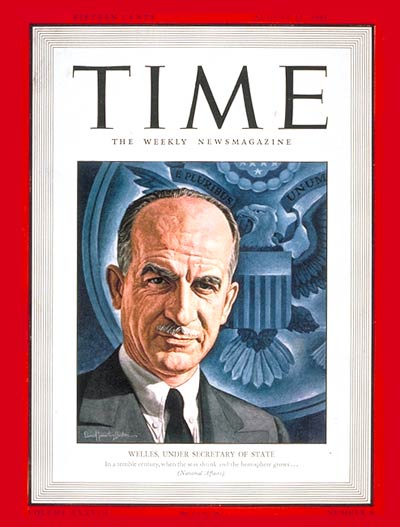 |
| Time, 11 August 1941. "[Sumner] Welles, Under Secretary of State." |
The Soviets use motor torpedo boats to intentionally sink Soviet destroyer Karl Marx at Loxa Bight, Estonia. It was damaged by the Luftwaffe on 8 August 1941.
Before dawn, German 2nd S-Boat Flotilla lays 24 mines in minefield Allirahu in Riga Bay. After dark, German 5th M-Boat Flotilla lays 45 EMC mines in minefield Pinnassi I, Pinnassi II, and Pinnassi III off Cape Domesnas.
 |
| "The Prime Minister, Winston Churchill, and Lord Beaverbrook leave HMS PRINCE OF WALES to say good-bye to President Roosevelt aboard USS AUGUSTA. This photograph was taken during a series of meetings between President Roosevelt and Prime Minister Churchill on board HMS PRINCE OF WALES and USS AUGUSTA in the North Atlantic off the coast of Newfoundland, 9 - 12 August 1941." © IWM (A 4862). |
Italian submarine Guglielmo Marconi I (Lt Cdr Pollina) attacks Convoy HG-70 about 100 miles off the southern Portuguese coast. It misses and then is attacked by Royal Navy corvette Convolvulus and sloop Deptford, but the submarine escapes.
German E-boats attack shipping in the Thames Estuary. S-49 (LtzS Günther) of the 4th Motor Torpedo Boat Flotilla sinks 1548-ton British freighter Sir Russell near No. 10 Buoy. Everyone survives. S-20 also claims to sink a freighter, but there is no confirmation of this.
Norwegian 124-ton wooden transport Cito hits a mine and sinks in the Sognefjord (north of Bergen). This apparently is a German mine left over from the Battle of Norway in 1940, though it may also have been a defensive mine laid later.
U-93 and U-94 intercept Convoy HG-69 west of Gibraltar, but the escorts force them to abandon any attacks.
U-501, operating west of Ireland, spots outbound convoy ONS-4 and reports it to BdU in Paris.
An RAF De Havilland DH.91 Albatross AX903 on a cargo flight from Ayr, Scotland to Reykjavik, Iceland spots a U-boat on the way and reports its position to Reykjavik. After landing and while slowing, the Albatross' landing gear collapses and the plane skids off the airfield and hits a Fairy Battle aircraft parked by the runway. The Albatross is written off, but the crew survives.
Royal Navy submarine HMS Tigris is based in Murmansk for the time being. Today, it leaves on patrol.
Minelayer Port Quebec lays minefield SN.22A in the North Sea.
Convoy ON-6 departs from Liverpool.
Royal Navy corvette HMS Bellwort and minesweeper Ipswich are launched and submarine Unsparing is laid down.
Canadian minesweepers Gananoque and Nipigon are commissioned, corvette Moncton is launched.
US Navy cruisers USS Belleau Wood and Independence are laid down as Cleveland-class cruisers. They are later diverted into becoming light fleet carriers.
U-655 (Kapitänleutnant Adolf Dumrese) is commissioned and U-416 is laid down.
 |
| The same building as seen on Google street view, 31 May 2018. It looks like the building behind the old rubber store has survived and the power lines, too. The oil rig is long gone, though. |
The Red Sea is full of German mines, and US ships have been traversing it since the last Italian port in East Africa fell. Today, one of those US freighters, 5685-ton Iberville, hits one and is damaged. It makes it to port.
Operation Guillotine, the British reinforcement of Cyprus, continues as Australian sloop HMAS Parramatta departs from Port Said for Famagusta.
At Malta, Luftwaffe Junkers Ju-87 reappear over Malta for the first time in weeks. Nine Stukas attack the Ta Qali area and Grand Harbour, damaging some warehouses and private dwellings. The RAF claims two of the Stukas. Rome radio claims that this small raid is a massive success, stating "A veritable shower of bombs was rained down on [Luqa] aerodrome" and "The attack on the naval base of Valletta was extremely effective. Loud explosions were heard and huge fires visible from a great distance were started."
Battle of the Black Sea: Soviet submarines M-33, SHCH-211, and SHCH-301 are all in operation today. M-33 unsuccessfully attacks Romanian submarine Delfinul off Constanza, SHCH-211 (Lt Cdr Devyatko) lands two spies off Varna, Bulgaria, and SHCH-301 (Lt Cdr Grashchev) unsuccessfully attacks Romanian convoys off Landsort, Romania.
War Crimes: RAF Fairey Swordfish torpedo-bombers of RAF No. 830 Squadron based on Malta attack shipping in Syracuse harbor on Sicily. This is a standard target for the RAF which they hit every week, and sometimes daily. This attack is slightly different than the norm because one of the torpedoes sink 13,060-ton Italian hospital ship California (formerly SS Albania pre-1930). The wreck is in 30 feet of water.
While all sorts of factors are usually taken into account to "define away" war crimes ("It was a mistake" "I was aiming at something else") and they seldom are prosecuted, sinking a hospital ship - they are clearly marked - is a war crime.
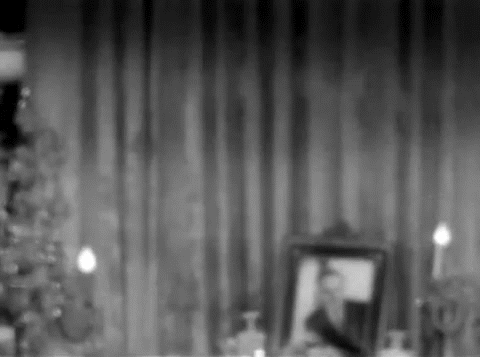 |
| Rita Hayworth. |
America is as yet far from being prepared for active operations on a war footing. While the American Navy is in a more advanced state of readiness, the building up, training and equipping of the American army and air corps is still in embryo and the shortage of equipment is acute.The bottom line, the Minutes reveal, is that American needs come first, and then surplus production will be sent to Great Britain.
Most of the real work of the meeting, of course, is being done by their staff throughout the day.
 |
| Life magazine, 11 August 1941. This is the issue that contains the famous Rita Hayworth pin-up that adorns countless barracks around the world. |
Japanese Military: The new chief of staff of the Japanese Navy Combined Fleet is Matome Ugaki.
 |
| Rita in an out-take from her Life photo-shoot. I don't know, I kind of like this one better than the cover version they chose. |
US Military: Lieutenant Colonel Harold D. Shannon, executive officer of the US Marine Corps 6th Defense Battalion, arrives at Midway. He is there to prepare for his battalion to relieve the 3rd Defense Battalion.
 |
| A barracks on Adak Islands, Aleutians, 1943 (Dmitri Kessel—Time & Life Pictures: Getty Images). |
China: Japanese bombers attack Chungking again. The Japanese lose another three out of four I-153 fighters sent up to intercept them. In a subsequent action, the last of the I-153 fighters is destroyed. The Chinese manage to shoot down one plane.
Holocaust: Vichy France forbids Jews from serving as doctors.
 |
| Judy Garland and Mickey Rooney in production on MGM's "Babes On Broadway," 11 August 1941 (The Judy Garland Experience). |
Actress Rita Hayworth (born Margarita Carmen Cansino) appears in a classic spread in Life magazine. One of the shots inside, of Rita on a bed dressed in a satin negligee and black lace bodice sitting on a bed, becomes the most requested pin-up for GI's during World War II until a 1943 shot of actress Betty Grable appears. Hayworth broke through as a major film star with "Only Angels Have Wings" (1939) and is at the peak of her fame during World War II. Incidentally, that nightgown in the photo is preserved and sold for $26,888 in 2002.
 |
| Adak island barracks in the Aleutians, 1943, showing typical pin-ups. That appears to be a different Rita Hayworth pin-up on the right (Dmitri Kessel—Time & Life Pictures: Getty Images). |
August 1941
August 2, 1941: Uman Encirclement Closes
August 3, 1941: Bishop von Galen Denounces Euthanasia
August 4, 1941: Hitler at the Front
August 5, 1941: Soviets Surrender at Smolensk
August 6, 1941: U-Boats in the Arctic
August 7, 1941: Soviets Bomb Berlin
August 8, 1941: Uman Pocket Captured
August 9, 1941: Atlantic Conference at Placentia Bay
August 10, 1941: Soviet Bombers Mauled Over Berlin
August 11, 1941: Rita Hayworth in Life
August 12, 1941: Atlantic Charter Announced
August 13, 1941: The Soybean Car
August 14, 1941: The Anders Army Formed
August 15, 1941: Himmler at Minsk
August 16, 1941: Stalin's Order No. 270
August 17, 1941: Germans in Novgorod
August 18, 1941: Lili Marleen
August 19, 1941: Convoy OG-71 Destruction
August 20, 1941: Siege of Leningrad Begins
August 21, 1941: Stalin Enraged
August 22, 1941: Germans Take Cherkassy
August 23, 1941: Go to Kiev
August 24, 1941: Finns Surround Viipuri
August 25, 1941: Iran Invaded
August 26, 1941: The Bridge Over the Desna
August 27, 1941: Soviets Evacuate Tallinn
August 28, 1941: Evacuating Soviets Savaged
August 29, 1941: Finns take Viipuri
August 30, 1941: Operation Acid
August 31, 1941: Mannerheim Says No
2020




















